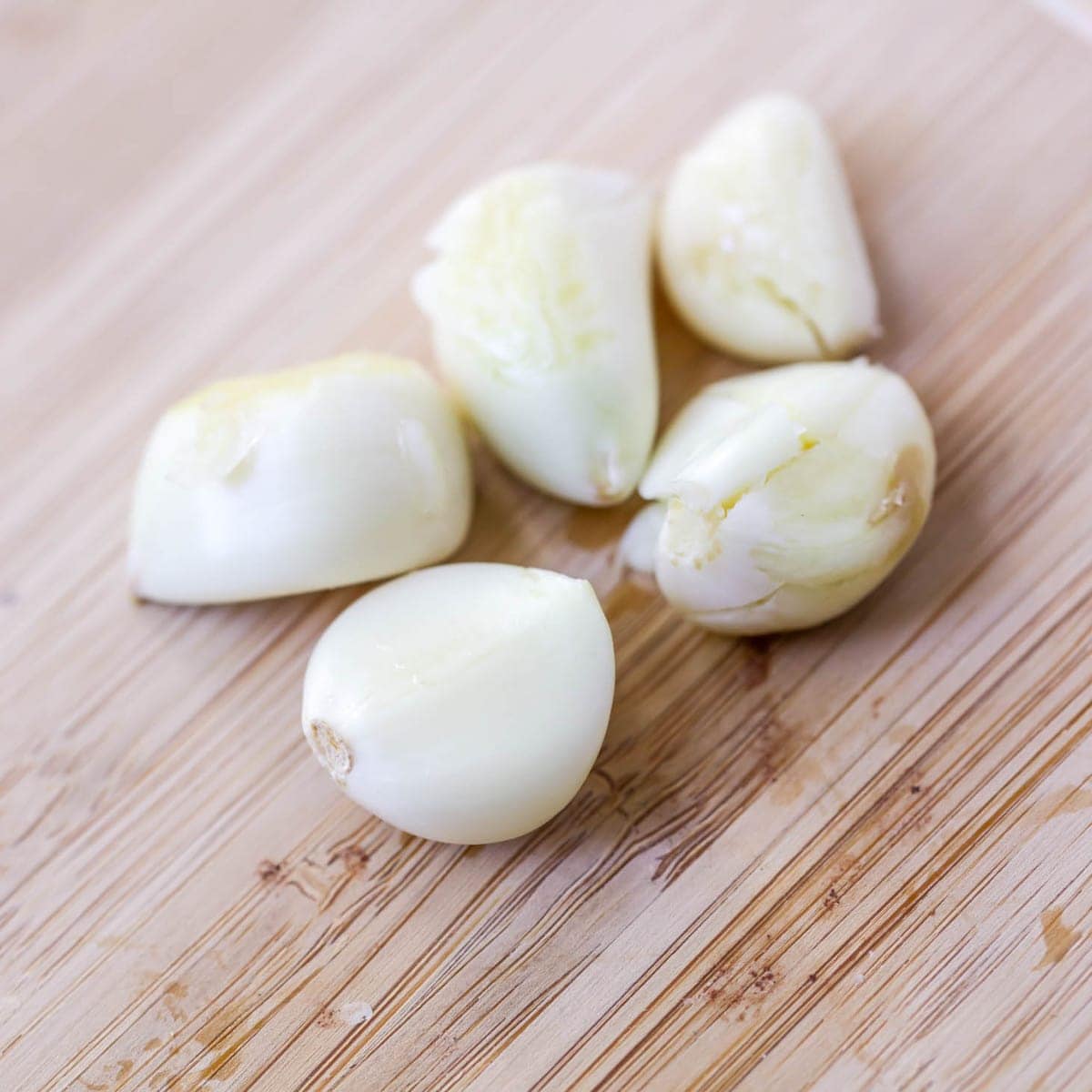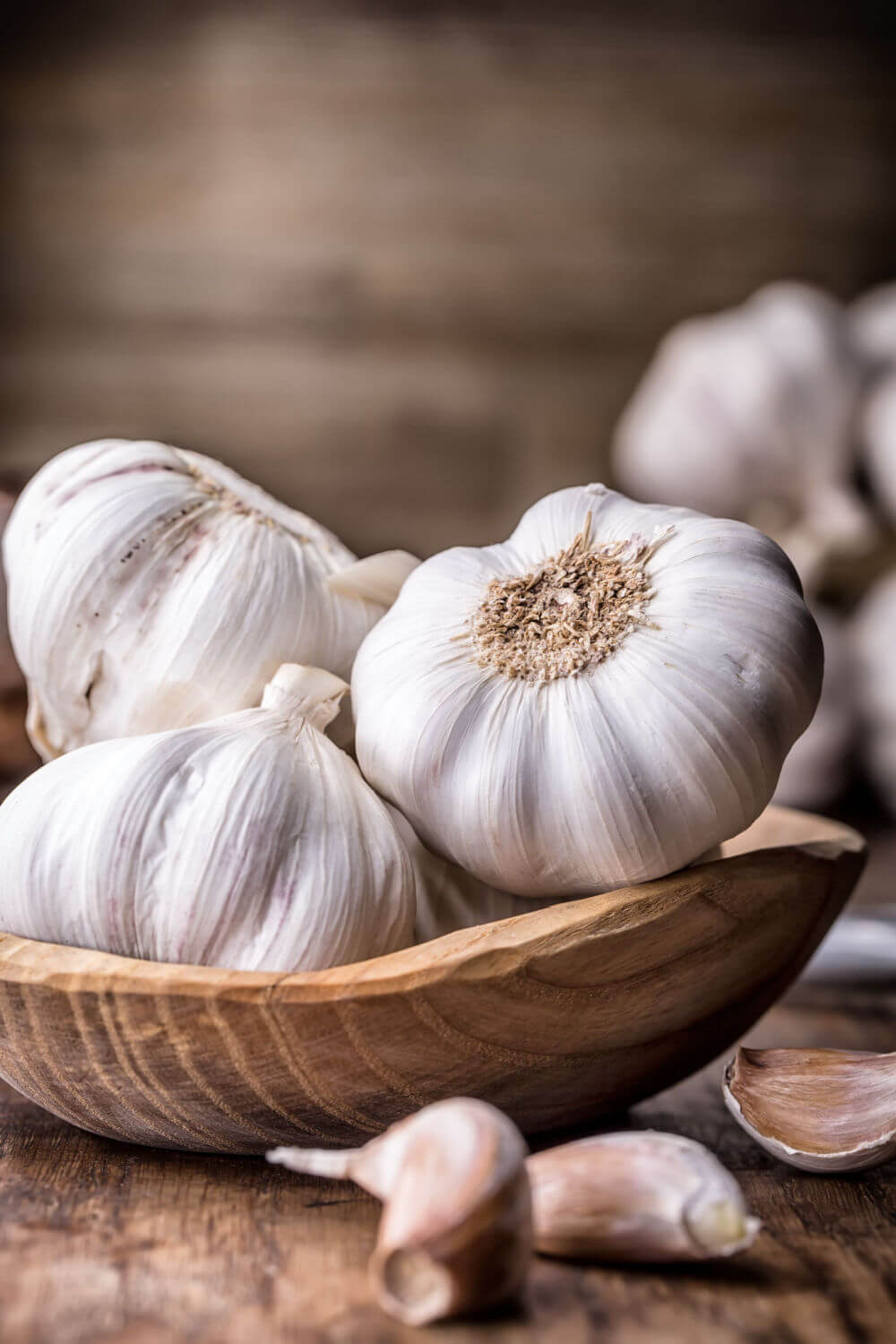Discover the Distinct Flavor of Australian Garlic for Your Dishes
Discover the Distinct Flavor of Australian Garlic for Your Dishes
Blog Article
From Yard to Kitchen: The Ultimate Garlic Growing and Food Preparation Guide for Home Cooks
Garlic, with its poignant scent and durable taste, is a staple active ingredient in cooking areas worldwide. Past its culinary expertise, expanding garlic at home can be a gratifying experience that supplies a variety of advantages.

Advantages of Expanding Your Own Garlic
Why should you take into consideration expanding your own garlic? There are numerous compelling factors to occupy garlic farming in your very own garden. Firstly, growing your own garlic makes certain a fresh and savory supply of this versatile ingredient right within your reaches. Store-bought garlic typically lacks the lively preference of fresh harvested bulbs, which can raise the flavor account of your recipes substantially. Furthermore, cultivating garlic permits you to have a steady and natural resource of this crucial component, devoid of unsafe pesticides or chemical ingredients that are occasionally present in commercially grown fruit and vegetables.
Furthermore, expanding garlic can be a satisfying and affordable venture. When you develop a garlic patch, the light bulbs increase annually, providing you with a lasting and cost-effective resource of this kitchen area staple. By expanding your own garlic, you likewise have the possibility to discover different varieties and tastes that may not be easily available in supermarkets, improving your culinary experiences and permitting trial and error in the cooking area. On the whole, the benefits of growing your very own garlic extend past convenience and flavor, using a meeting and improving experience for any type of home gardener.
Picking the Right Garlic Varieties
Picking appropriate garlic selections is vital for successful farming and savory cooking developments. When choosing garlic selections for your garden, think about both hardneck and softneck types. Hardneck garlic selections, such as Rocambole and Porcelain, are understood for their complicated tastes and are well-suited for areas with chillier climates. They create scapes, which are edible curly blossom stems, providing an added cooking delight. Softneck garlic varieties, like Artichoke and Silverskin, are much better matched for milder climates and have a longer life span compared to hardneck selections. These ranges are frequently preferred for entwining due to their adaptable stems. Additionally, think about the dimension of the garlic bulbs you favor, as some selections produce larger bulbs than others. Whether you enjoy the solid, durable taste of hardneck garlic or the milder preference of softneck garlic, picking the best garlic varieties will certainly elevate your meals and make sure an effective harvest from your yard to your cooking area.
Step-by-Step Guide to Growing Garlic
Planting garlic needs mindful factor to consider of timing, dirt conditions, and correct methods to make sure a successful crop. To start, click to read choose a growing website with well-draining dirt and complete sun exposure. It's essential to plant garlic cloves in the loss, generally a few weeks before the ground ices up.
Beginning by damaging apart the garlic bulb into individual cloves, ensuring they are firm and disease-free. Plant the cloves root-end down and pointed-end up, regarding 2 inches deep and 4-6 inches apart in rows spaced 12 inches apart for correct growth.
Cover the grown cloves with soil and mulch to secure them from rough winter months temperatures. Throughout the wintertime, the garlic will develop roots. Come springtime, eco-friendly shoots will arise, suggesting effective growth.
Routinely water the garlic, making certain the soil remains continually damp but not soaked. Get rid of any type of weeds that may take on the garlic for nutrients and room. With correct care and attention, your garlic will certainly grow and be ready for harvest in late springtime or early summer season.

Harvesting and Storing Garlic
Upon getting to maturation, harvesting garlic at the right time and proper storage space are crucial steps to preserve its taste and quality. Garlic awaits harvest when the lower leaves start to turn yellow and completely dry, typically around mid-summer to very early fall, depending on the selection. To harvest, meticulously loosen the dirt around the bulbs with a yard fork to stay clear of harming them. After delicately drawing the light bulbs out, permit them to completely dry in a cozy, well-ventilated location for 2-4 weeks, ideally hanging them in bundles.
Store garlic light bulbs in an awesome, dark area with good air circulation to stop sprouting and mold development. When stored appropriately, garlic can last for a number of months, giving you with savory cloves for your cooking creations.
Mouthwatering Garlic Recipes
Discovering the culinary flexibility of garlic opens up a world of savory opportunities in various recipes and foods. One traditional dish that showcases the pungent taste of garlic is standard Aglio e Olio pasta. This basic yet elegant recipe features garlic linked here delicately sautéed in olive oil, read this tossed with al dente pastas, and completed with a spray of red pepper flakes and fresh parsley.
For a heartier alternative, consider preparing a garlic-infused roast hen (Garlic bulb). Stuffing the cavity of the bird with entire garlic cloves prior to toasting enables the garlic to penetrate the meat, leading to juicy, tasty poultry that sets perfectly with baked vegetables

These mouthwatering garlic recipes are simply a peek of the unlimited culinary opportunities that this fragrant bulb provides to home cooks looking to raise their dishes with abundant, tasty tastes. - Garlic bulb
Final Thought
In final thought, expanding garlic at home can supply countless benefits such as quality, taste, and fulfillment. By selecting the best varieties, adhering to proper growing methods, and harvesting and saving garlic properly, home chefs can delight in a plentiful supply of this flexible component.
Report this page